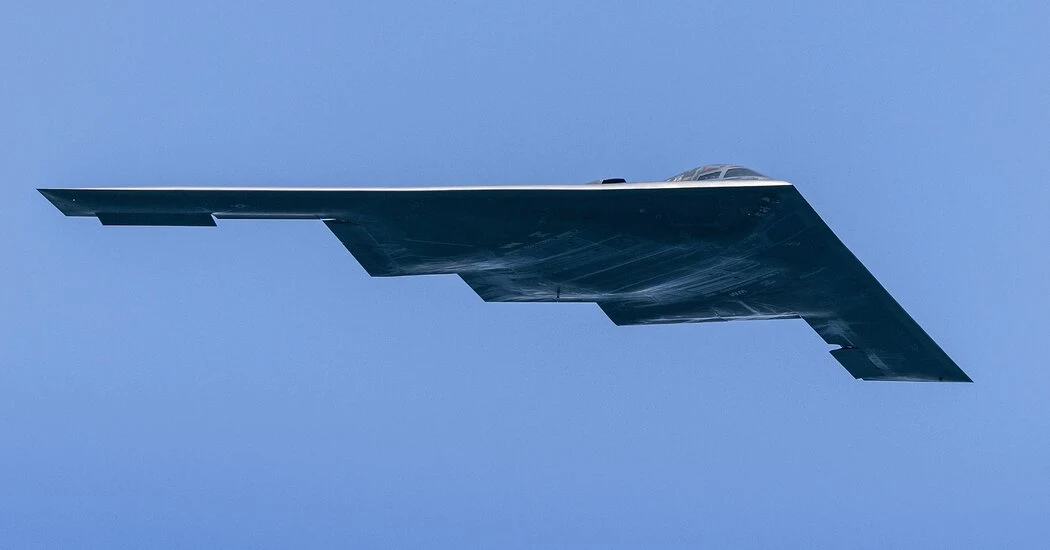Rising tensions between the United States and Iran have raised alarms globally, with speculation mounting over a possible military strike. While a targeted assault might appear to be a strategic move on paper, experts caution that the ripple effects could spiral into a prolonged and destabilizing conflict.
The Middle East remains one of the most volatile regions in global geopolitics. Ongoing crises in Yemen, Syria, and the persistent influence of extremist groups like ISIS have already pushed the region to the edge. Iran, a major power in the region, plays a central role through its alliances, its nuclear ambitions, and the reach of its elite force—the Islamic Revolutionary Guard Corps (IRGC).
Any strike from the US would almost certainly provoke retaliation—not just from Iran but also from its network of regional allies. American bases and interests in the Middle East could become immediate targets, and allies like Israel, Saudi Arabia, and Turkey could be drawn into a broader regional conflict.
The political consequences inside Iran could be equally dramatic. Instead of weakening Tehran’s regime, a strike could consolidate power around hardliners, fueling nationalism and silencing reformist voices. The Iranian leadership would likely use foreign aggression as a rallying cry, justifying authoritarian control and increasing suppression of domestic dissent.
The humanitarian fallout would be devastating. Civilian casualties, mass displacement, and destruction of infrastructure could mirror or exceed the crises witnessed in Iraq and Syria. Relief agencies would face enormous challenges operating in the chaos, with millions potentially in need of urgent aid.
The global economy would not remain untouched. Iran’s strategic location near the Strait of Hormuz—a vital artery for global oil shipments—makes it a critical player in the energy market. A military conflict would likely disrupt oil exports, drive crude prices up sharply, and trigger economic uncertainty across international markets.
Strategically, the United States risks repeating the missteps of past interventions. The invasions of Iraq and Afghanistan, launched with promises of stability and democracy, ultimately devolved into drawn-out conflicts that bred insurgency and facilitated the rise of groups like Al-Qaeda and ISIS. A similar outcome in Iran would represent not just a military failure but a diplomatic one.
The complexities of this moment call for restraint and strategic diplomacy. Engaging Iran through negotiations—rather than confrontation—offers the only viable path to addressing nuclear concerns and regional stability without unleashing unintended, long-lasting consequences.
As global observers hold their breath, the looming question remains: can the cycle of conflict be broken, or is another costly chapter in Middle Eastern turmoil about to begin?

